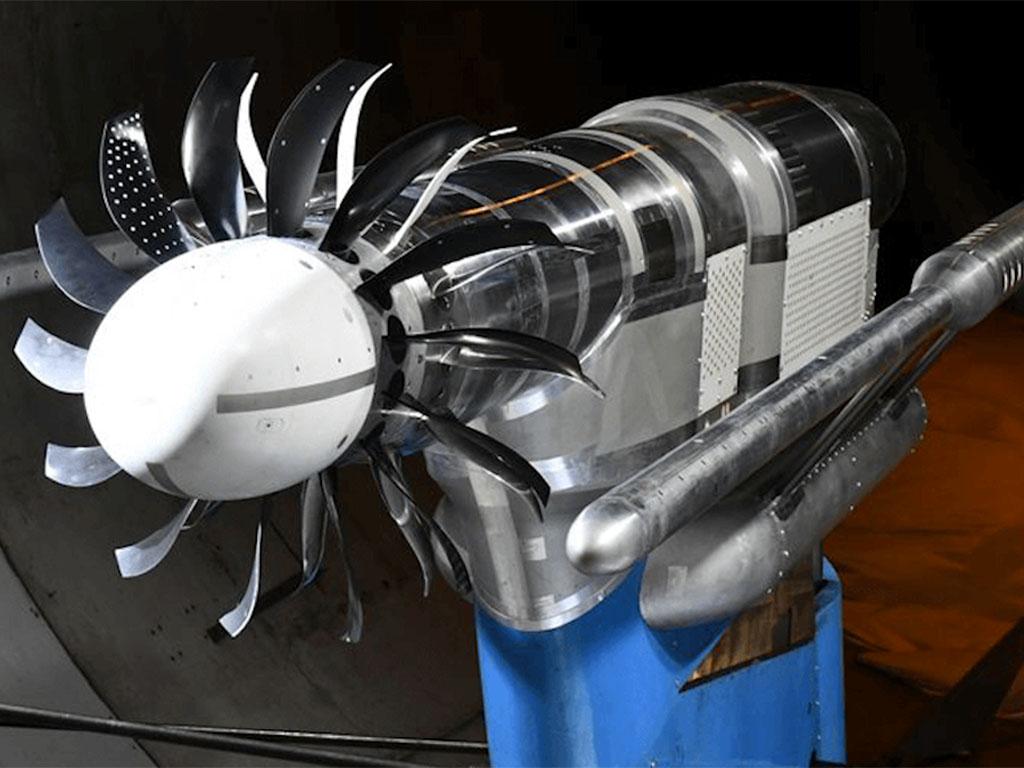
The first full open fan demonstrator engine is expected to start ground testing in 2025-26, with another pair of engines due to start flight testing around two years later.
Credit: CFM
SINGAPORE—With more than 1,000 engineers working on the Revolutionary Innovation for Sustainable Engines (RISE) advanced engine technology demonstration program and over 100 tests completed, CFM International partners GE Aerospace and Safran say so far there have been no showstoppers in the quest to...
Subscription Required
This content requires a subscription to one of the Aviation Week Intelligence Network (AWIN) bundles.
Schedule a demo today to find out how you can access this content and similar content related to your area of the global aviation industry.
Already an AWIN subscriber? Login
Did you know? Aviation Week has won top honors multiple times in the Jesse H. Neal National Business Journalism Awards, the business-to-business media equivalent of the Pulitzer Prizes.
